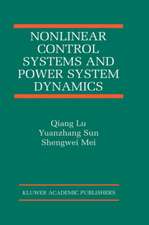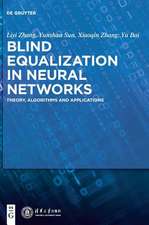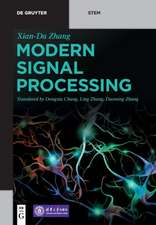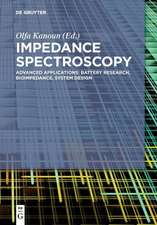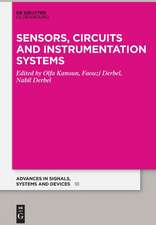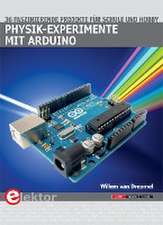Smart Power Systems and Smart Grids
Autor Qiang Lu, Ying Chen, Xuemin Zhang Editat de Tsinghua University Pressen Limba Engleză Hardback – 12 aug 2024
Preț: 751.78 lei
Preț vechi: 976.33 lei
-23% Nou
Puncte Express: 1128
Preț estimativ în valută:
143.85€ • 150.60$ • 119.03£
143.85€ • 150.60$ • 119.03£
Carte tipărită la comandă
Livrare economică 07-21 aprilie
Preluare comenzi: 021 569.72.76
Specificații
ISBN-13: 9783110447842
ISBN-10: 3110447843
Pagini: 240
Ilustrații: 55 b/w ill., 23 b/w tbl.
Dimensiuni: 175 x 246 x 21 mm
Greutate: 0.59 kg
Editura: De Gruyter
ISBN-10: 3110447843
Pagini: 240
Ilustrații: 55 b/w ill., 23 b/w tbl.
Dimensiuni: 175 x 246 x 21 mm
Greutate: 0.59 kg
Editura: De Gruyter
Cuprins
AD>


